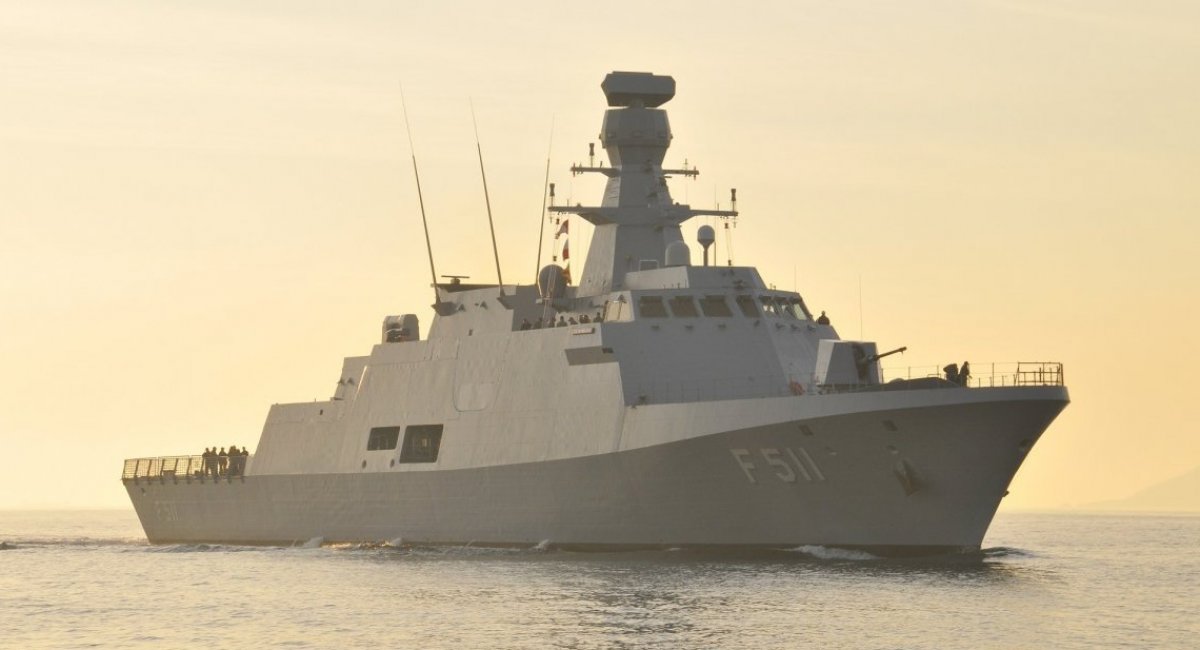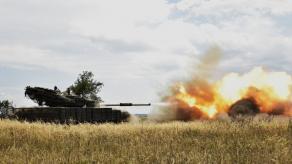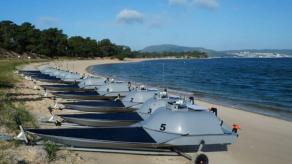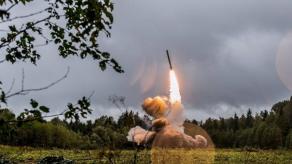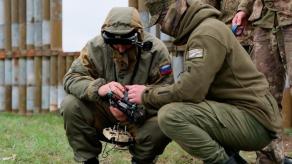Deputy Ukraine’s Defense Minister Oleksandr Myronyuk briefed Defense Express on the ship’s anti-ship and air defense armaments, as well as combat information management system.

“In the Ada-Class corvettes [being built] for Ukraine, there will be focus placed on the maximum use of anti-ship cruise (ASC] missiles. First of all, this, of course, is our indigenously developed Neptune missile, but also the American Harpoon, Turkish Atmaca, Norwegian Naval Strike Missile and other missiles that are currently under development.
Read more: Main contract for Turkey-Ukrainian corvettes "due by April"
The corvette is a warship that will serve for several decades into the future. During that period, new ASCM systems with different performances and dimensions will be developed. So we do not confine ourselves to any artificial limitations," said Oleksandr Myronyuk.
Note that, in Ada-Class corvettes, ASCMs are stored in 8 launchers configured for horizontal launch.
The anti-ship armaments package for the Turkish Navy’s Ada-Class ship incorporates Harpoon missiles along with Turkey’s indigenous Atmaca missile that is scheduled for production beginning in 2021.
These missiles, like the Ukrainian R-360 "Neptune", both have a similar length of 4.6-5.5 meters. At the same time, there has been a trend for subsonic, low-RCS ASCMs becoming more compact in size. Example is the Naval Strike Missile, a recent best seller in its class, which measures just 4 meters in length.
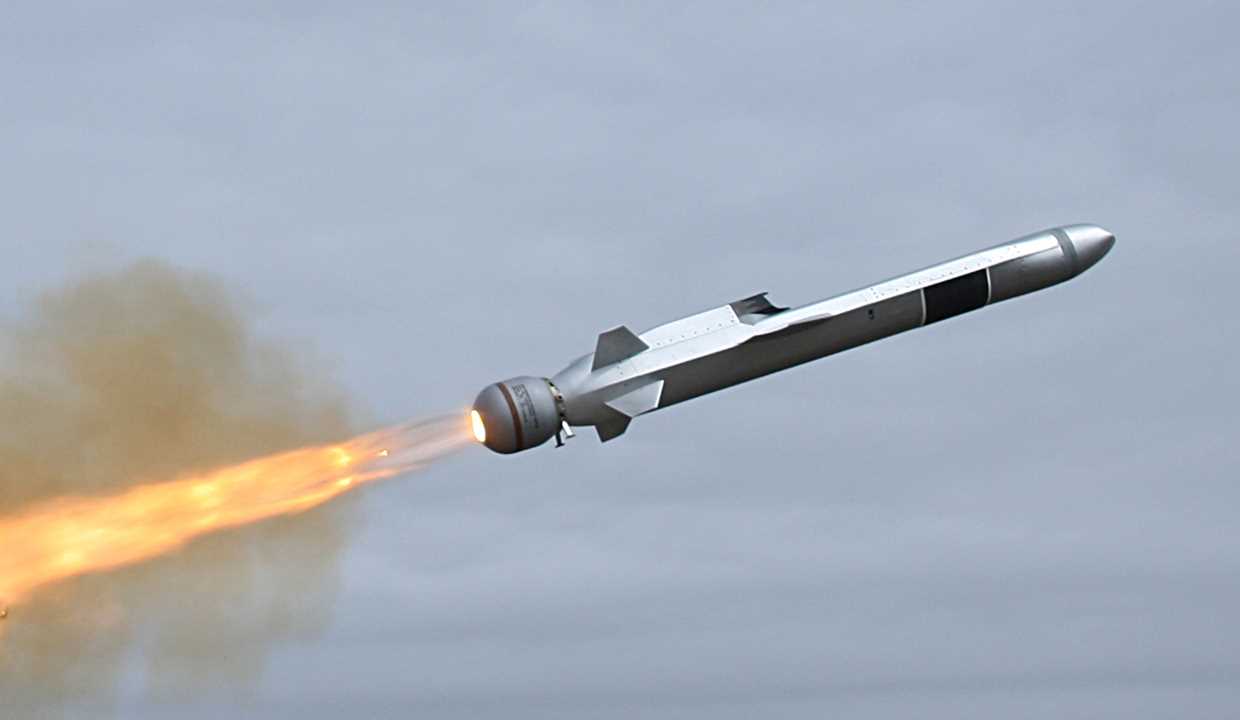
At the same time, there is only preliminary information available regarding the dimensions of future-generation hypersonic missiles, such as Russia’s vertically-launched "Zircon" that is designed with a length of 8-10 meters.
In the United States, work has stepped up to create a hypersonic anti-ship missile as part of the Precision Strike Missile project, which should be no longer than 4 meters to enable it to be launched from the MLRS launcher M142 HIMARS.
Air Defenses

"Regarding the air defense capability, possibility has been worked out to adopt the EU-developed system MICA. The manufacturer has confirmed it is ready to supply it to Ukraine. The missile represents a current-generation, multi-target system that is being continuously evolved and adapted for use with corvettes. If compared to RIM-116, which is now being installed in Turkish corvettes, the MICA offers a lot broader set of capabilities,” O.Myronyuk went on to note.
Note that MBDA's MICA air defense system was specifically designed to be launched from low-displacement platforms such as corvettes and littoral frigates. MICA is currently outfitted on frigate-class ships such as Naval Group’s Gowind-Class (France), SIGMA 10514 (the Netherlands), and BAE Systems’ Khareef to name a few.

The MICA missile, in its naval version, can destroy targets at 20 km in range and up to 9 km in altitude. It is speedy and maneuverable enough to be able to intercept 3 Mach targets such as supersonic missiles or extremely low-skimming cruise missiles.

The U.S. RIM-116 missile can defeat targets flying at up to 2 Mach, at ranges up to 10 km away.
The MICA and RIM-116 are differentiated also by the method of guidance used. While the RIM-116 is guided by its own integrated infrared-homing seeker, the MICA is controlled in flight by the programmable strap down inertial mid course guidance system and then by the terminal IR-homing seeker.
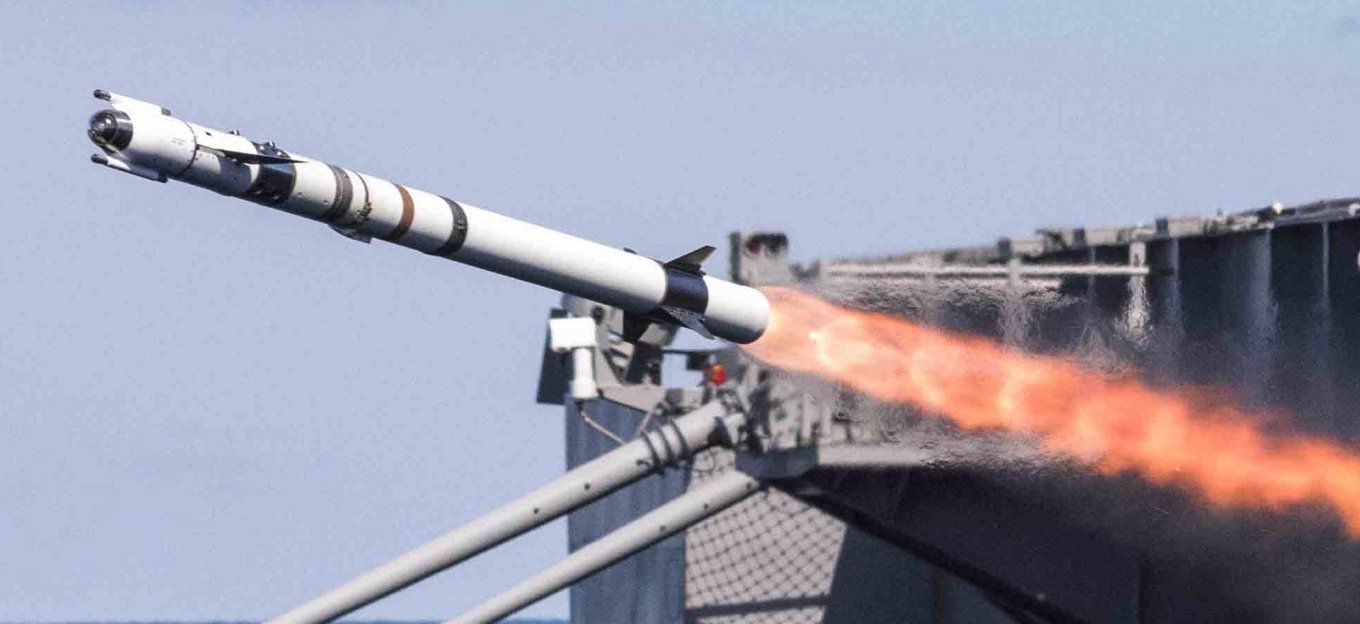
The method of launch also differs significantly between the two missiles. The RIM-116 is launched horizontally, meaning this significantly reduces its capability against threats low flying over its host ship, creating kind of a “safety area” where attacking aircraft can operate with impunity.
The MICA, in contrast, uses vertical launch, which eliminates this problem. It is also much energy higher and faster responsive to threats.
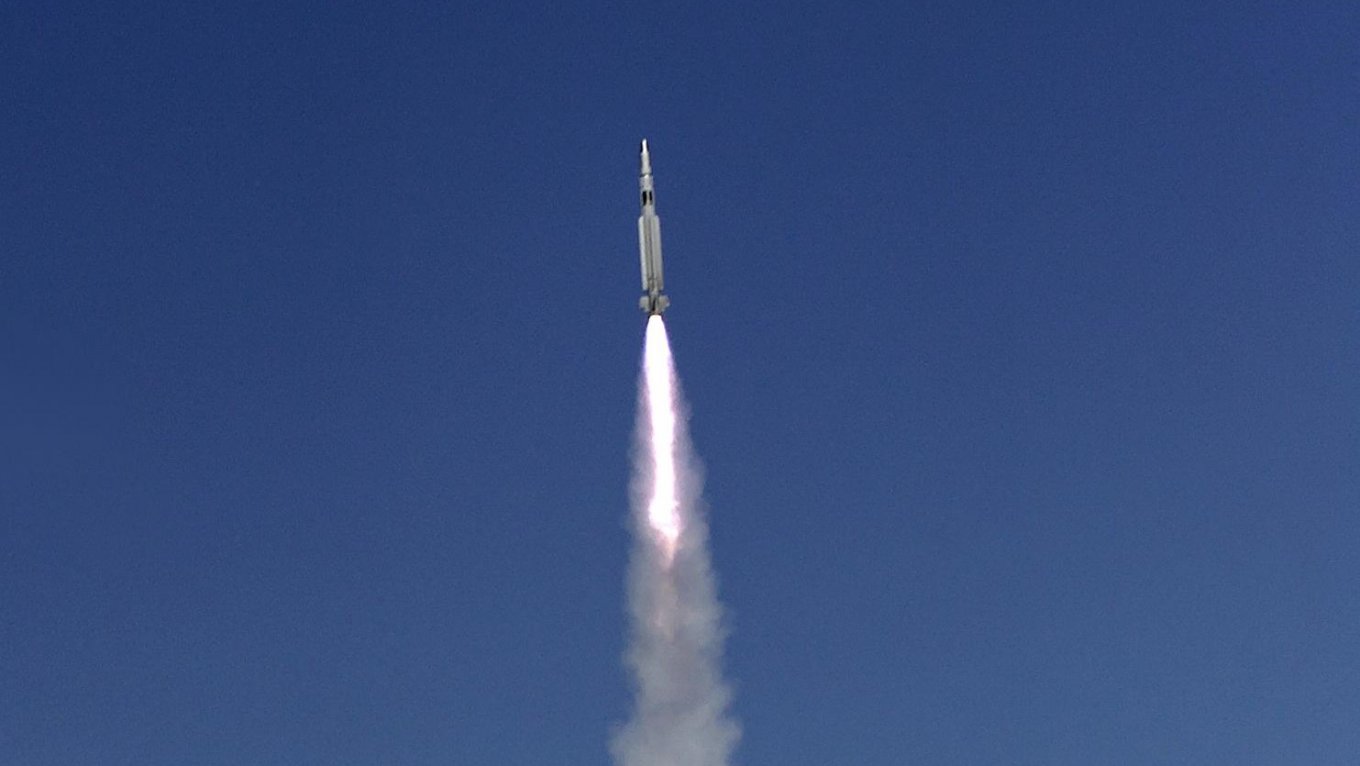
In Pakistan, the Ada Class has been redesigned into a frigate-class ship, with displacement increased from 2,400 to 3,000 tons and a vertical-launch air defense system installed in place of the RIM-116. In this case, the launchers are located in the bow of the ship immediately behind the gun mount.
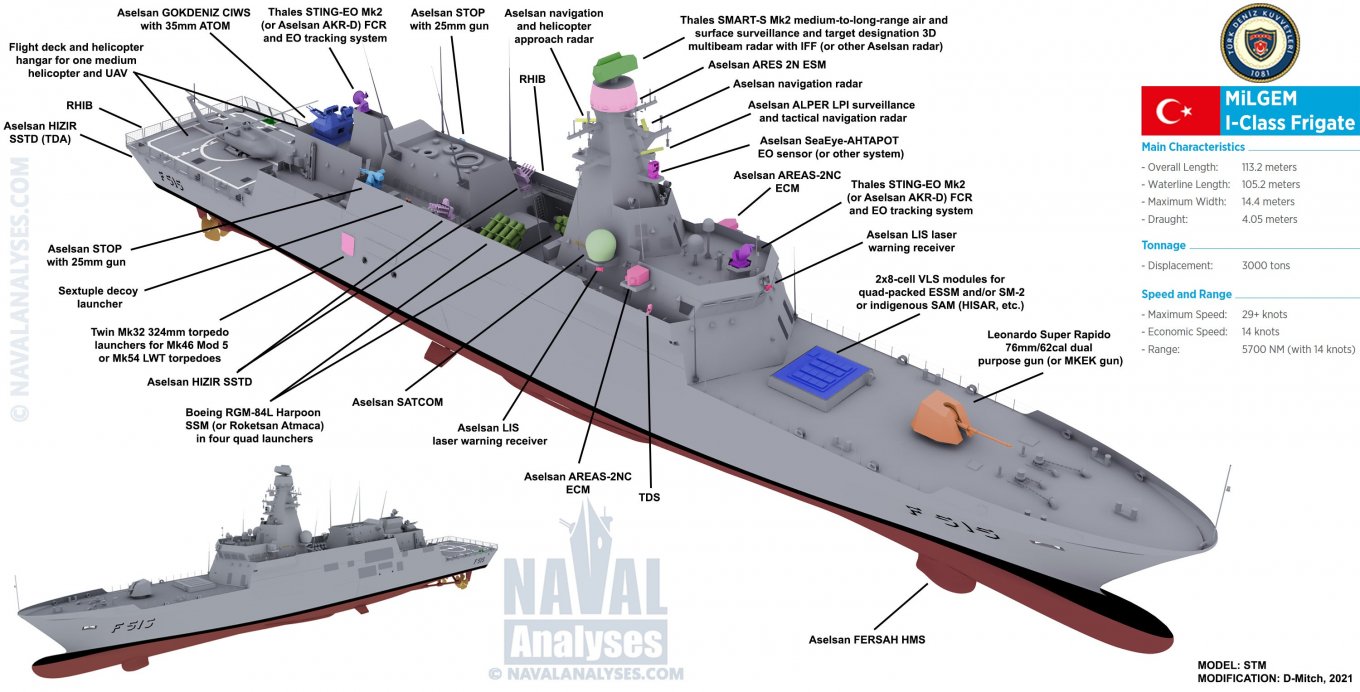
O.Myronyuk went on to say, “Of course, if Ukraine’s defense industry develops a naval air defense system with dimensions similar to the MICA’s, this will be installed in the [Ada-Class] corvettes being built for Ukraine’s Navy]. But Ukraine’s domestic defense industry can so far offer only a short-range system developed from a MANPAD technology, with a range of up to 5 km, and altitude limited to 2.5-3.5 km".
Combat Information Management System

"The situation is similar with regard to the combat information management system. Unfortunately, Ukraine’s domestic defense industry is yet unable to offer anything exceeding the capabilities of the Turkish system GENESIS that has been developed for a good decade under a government-funded program. This will therefore be retained ‘as is’ on the corvettes for Ukraine,” the deputy Defense Ministry said.
The warship's combat information management system is its "brain center" that controls the use of all weapons on board. Its absence would make all anti-ship and air defense missiles, and other armaments into just a scrap of metal.
Here we add, that the Turkish GENESIS is already integrated into all NATO standards for communication interoperability and automated command and control systems, including the tactical data network Link 16.
"It has been also decided to retain ‘as is’ the warship’s baseline sensor systems, radar warfare equipment and SIGINT/COMINT systems. These capabilities will be the same as in the corvettes of the Turkish Navy. In the future, as in the case of air defense missiles, our doors will remain open for the domestic industries. But we cannot put at risk warfighting capabilities of the warships, the first of which is scheduled for commissioning some day in 2023", he said.

The main radar on the Ada-Class corvette is the Thales’ SMART-S, which is licensed manufactured by Turkish Aselsan. The radar defeats fighter-size targets out to 250 km and low-RCS targets out to 50 km, and is capable of tracking 500 targets at a time.
Fire control is provided by STING EO Mk2, also developed by Thales. An I/K-band radar equipped with EO/IR camera sensors, it is especially efficacious against difficult to defeat, low-RCS targets.
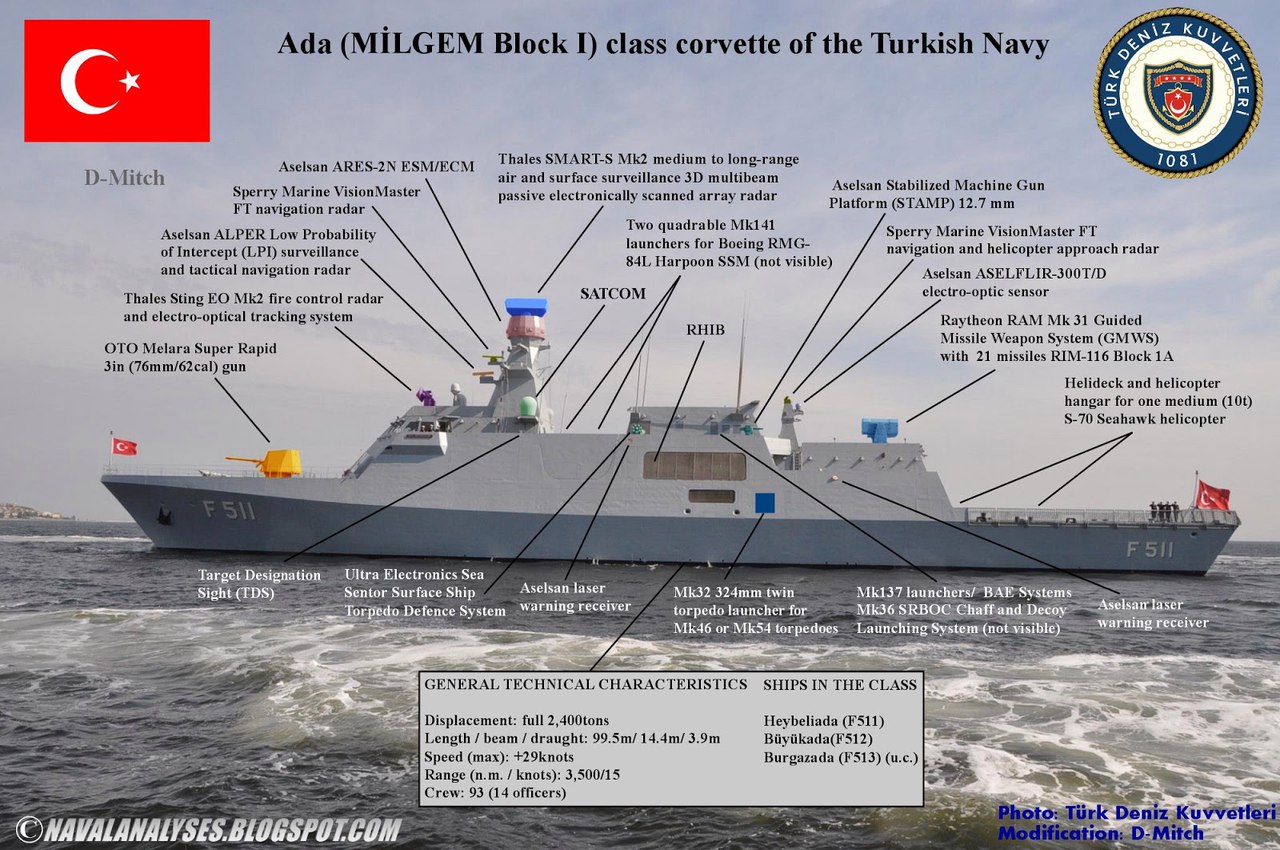
STING EO Mk2 can double as COMINT/SIGINT system, complementing the warship’s organic COMINT/SIGINT capability – Aselsan’s ARES-2N.
The Ada-Class is fitted as standard with TBT-01 Yakamoz integrated sonar suite, a EW system, a torpedo jamming system and other modern capabilities compatible with NATO-agreed standards.
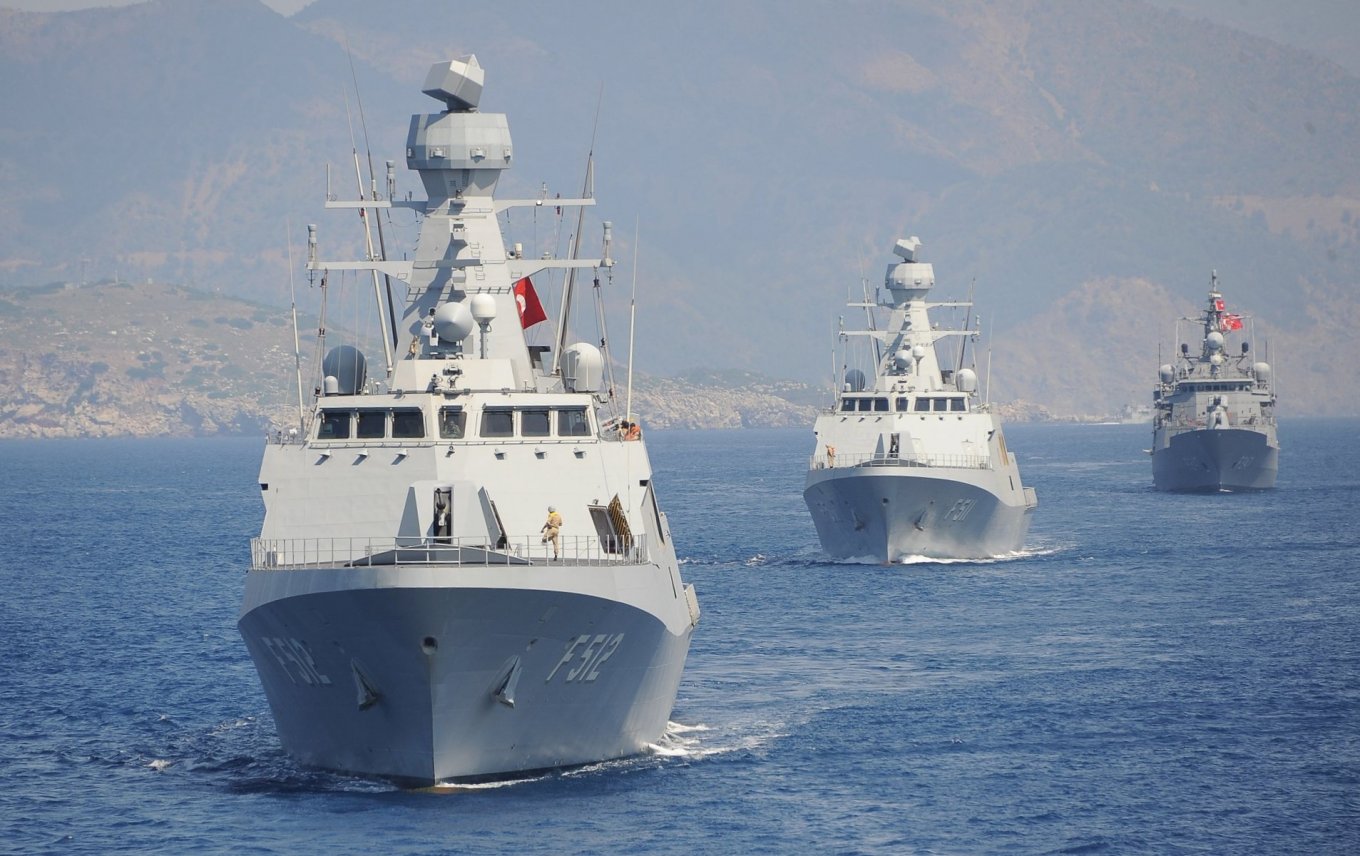
Thus, the Ukrainian corvette will be a lot more effective than same-class counterparts deployed the Black Sea, even compared to the baseline Ada-Class, thanks to more capable air defenses.
For purposes of comparison, Russian Navy’s Buyan-M-Class and Project 22160 corvettes have no adequate air defenses at all, making them vulnerable to attacks even from armed UAVs such as Bayraktar TB2.
These anti-ship missiles are designed with a great capacity for upgrade, meaning the corvettes will be able to retain their attack capabilities at the appropriate level throughout their service life. This, also, allows cruise missiles for ground targets to be added to their armaments package, as may be needed in future scenarios.
Another important decision was to retain ‘as is’ the original combat information management system and sensors, as opposed to developing similar capabilities indigenously in Ukraine – at great time and cost and without a 100% chance of success.
However, as repeatedly emphasized by the Ministry of Defense, an appropriate solution will be found if the requisite technologies are developed in Ukraine.
Read more: Ukrainian Navy Anticipating Delivery of State-of the-Art Weaponry by 2022




